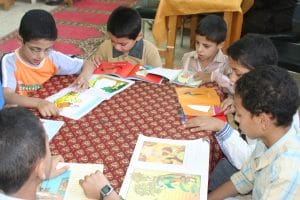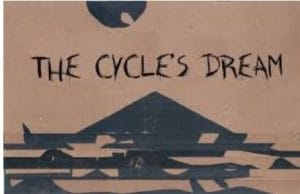What is a Reading Log?
Are they useful? Do you think reading logs can help readers be accountable for what they are reading and how much they are reading?
Adding time and page numbers to the reading log – Will that accurately tell how much students are reading, why they are reading and what they have accomplished from their reading? Do we as adults follow it?
Reading logs are now being replaced by reading responses, that is nudging students to be analytical thinkers by carefully analyzing the structure and word choice of text while reading. An interesting article Goodbye Reading logs from Scholastic shows you how you can help build readers during your library classes with your students.
What is Dear?
DEAR – Drop everything and read is another opportunity provided for students to stop and read. Language class teachers often use this strategy to support learning in class. Librarians can also use DEAR for 10 minutes of their class and have students read with meaning, you may use graphic organizers to compare settings, characters or even the genre of the books or magazine that they are reading.
Other reading responses could be:
- Analyze the character in the book with someone you know or compare the character with your sibling?
- What is the author’s purpose, and how do you know that?
- If it’s a nonfiction book – compare and contrast.
- What are the facts and opinions in the passages, and explain them with pieces of evidence?
- What are the problems that you infer in the passage/story? What makes you say so?
- Identify the character’s point of view? Compare them with your views. (You can use emotions too)
- What current events come to your mind, while you are reading this passage?
- What connections can you make with history or modern-day technology?
- What inferences can you make about the passages you are reading?
- Identify some of the sensory words and create a poem with those words?
- Write five words or phrases that might summarize what you have read.
- Explain your reading with a metaphor or a meme.
Of course, teacher librarians will need to model the responses and demonstrate with an example so that students too can closely read with deeper comprehension.




